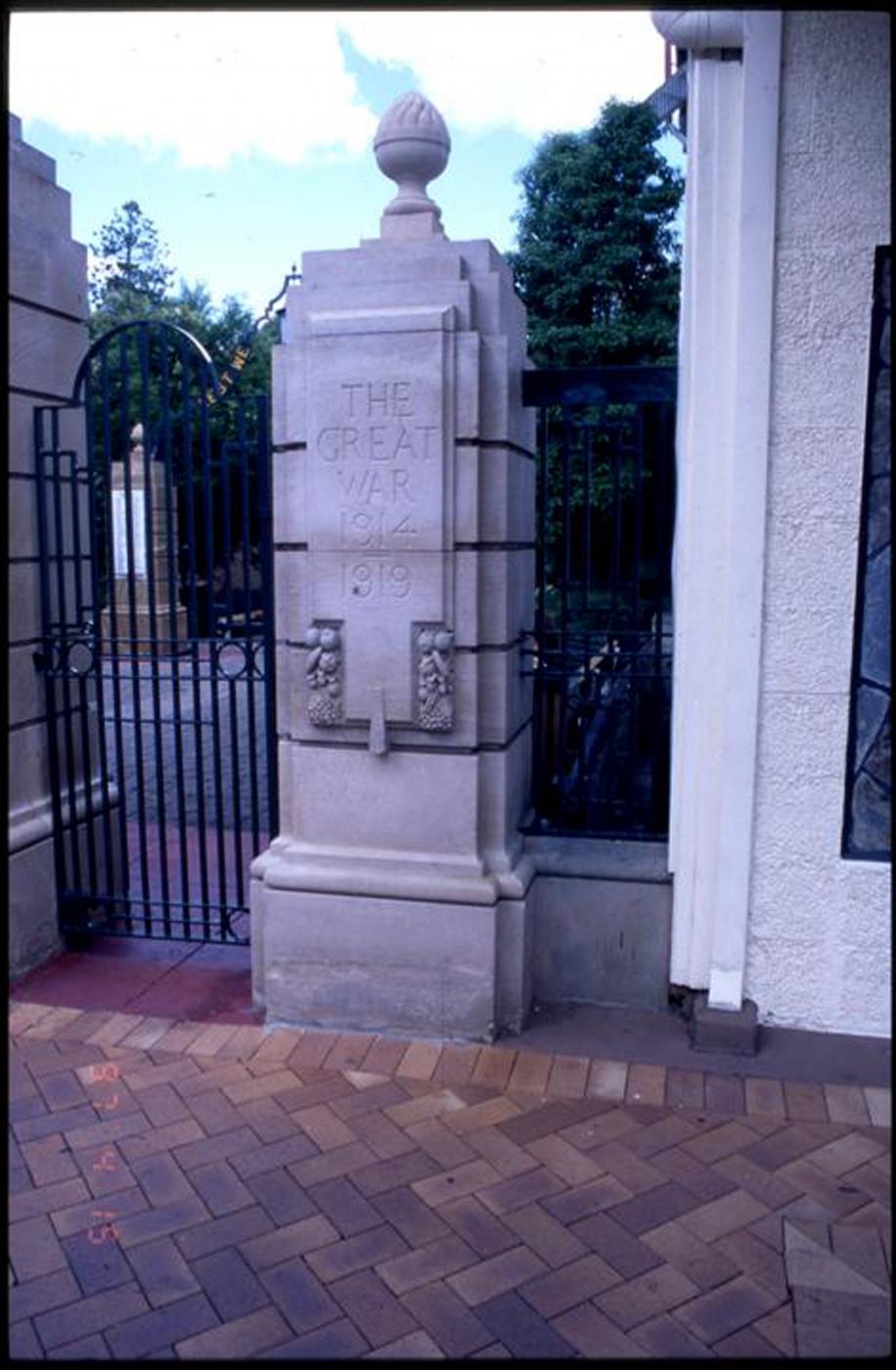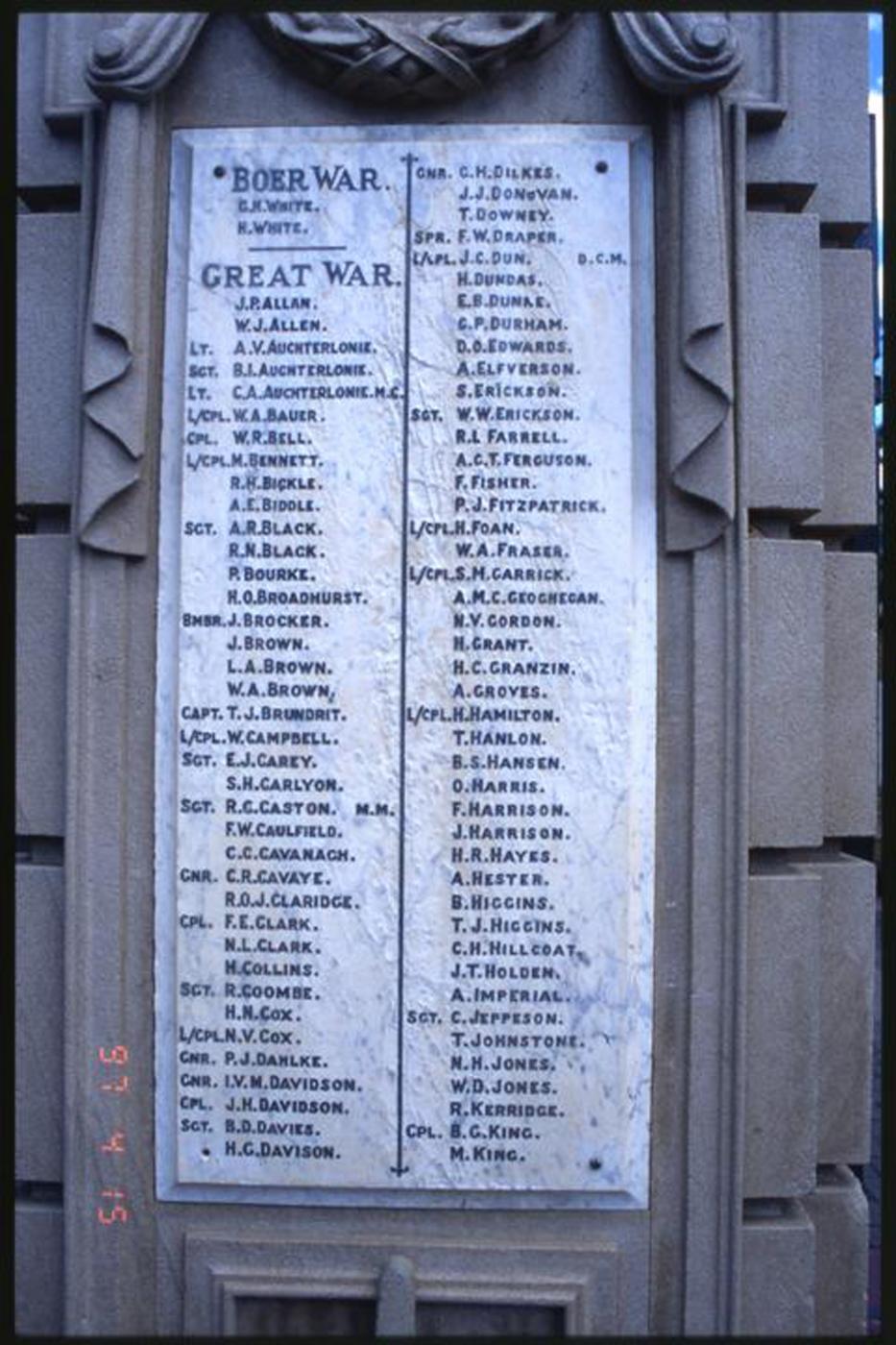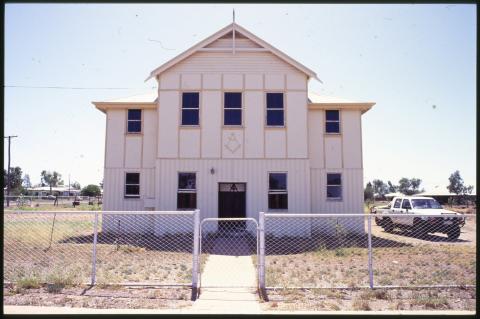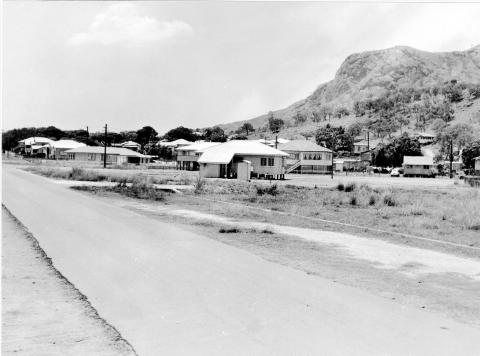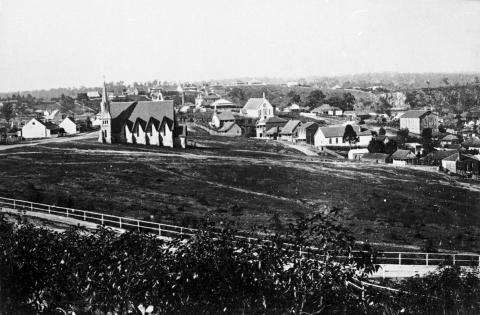
- News of the day
-
Daily Mail, Friday 21 April 1922, page 11
MEMORIAL PARK
GYMPIE’S TRIBUTE TO HER BRAVE.
A CITY BEAUTY SPOT.
In most towns of the Commonwealth there is now some lasting memorial in demonstration of the respect and remembrance of the citizens towards the Australians who lost their lives in the service of their country.
In this respect Gympie stands well in the foreground. Seventy-five men from the Gympie and Widgee districts made the great sacrifice, and their memory is preserved in a public and lasting manner by the memorial park and gates situated in the centre of the city. When the form of the memorial was being considered the members of the family of the late Wm. Henderson made an offer of a portion of ground on which the old Union sawmill had stood. The people of Gympie and Widgee, who had combined to erect a suitable memorial to the fallen soldiers, accepted this offer, and adjoining ground was acquired, the area altogether amounting to about five acres.
The undertaking at first appeared to be onerous and difficult, but the scheme was approved of by the people of the districts concerned, and went whole heartedly into its accomplishment. For the completion of the work a considerable sum of money was needed. This was raised by generous donations, and a series of fetes and other entertainments, which were supported in a surprisingly enthusiastic manner.
Over £6000 was devoted to the completion of the whole memorial, and in November, 1920, two years after the project was initiated, the Memorial Park was handed over by the Citizens' Park committee to the City Council free of debt.
LAYING OUT THE GROUND.
The ground where the park is situated was of an undulating nature, but has now been entirely levelled, the south-eastern end being excavated to the boundary of Young-street, to which the ground slopes to a height of about 15ft. On this slope, which extends right along one ride of the park, platforms have been left at intervals to hold war trophies. Two are already occupied by German guns taken by Australian soldiers.
The park is triangular in shape, the apex pointing towards Reef-street, in a north-westerly direction. It is beautifully laid out, the paths, converging from the entrances, which are at each corner to the centre of the enclosure, where a pretty and artistically designed bandstand is erected. There several flower beds, which are well looked after, have been laid out, and round the fence and bordering the walks evergreen shrubs and ornamental trees of various kinds have been planted, and are growing exceedingly well.
Since taking over the park the City Council has erected at the southern end a roomy and stoutly built fernery, which will, before long, greatly add to the beauty and usefulness of the grounds. The whole park is enclosed by a substantial wire-netting fence, and iron gates are in position at each entrance. The lawns are level, and planted with couch grass.
CHEERFUL AND COSY.
As comfortable seats to the number of over 100 are scattered over the grounds the place is fast becoming a favourite rest resort for the townspeople and country visitors. These seats were all presented to the park by individual residents of the Gympie and Widgee districts. The bandstand and the whole area are fitted with electric lights, consequently evening concerts by the local bands are becoming frequent, and add to the charm of the park as a cheerful, and cosy retreat.
Beside the actual park ground, the memorial consists of a carriage entrance leading from Mary-street to Reef-street, opposite the main park gates. On both sides of this track are terraced beds of flowering shrubs and evergreens, giving a very pleasing effect. At the opening into Mary-street, the main thoroughfare of the city, stand the memorial gates. They are of iron, ornamentally worked, supported by four stone pillars, the whole presenting an imposing appearance. On the pillars fronting Marv-street are fitted tabets with the name engraved of all the soldiers from the districts of Gympie and Widgee who lost their lives in the European and South African wars.
The whole memorial is a fine exemplification of the loving and grateful remembrance cherished by the people of the district for the departed heroes.
- Background
-
The Gympie War Memorial were unveiled in 1920 by the Prince of Wales. The gates were designed by George Rae, of Brisbane. Monumental masonry firm A L Petrie and Son of Toowong undertook the stonework whilst an unknown local blacksmith produced the ironwork. The memorial honours the 167 local men who fell in the First World War and the two who fell in the Boer War.
In 1919 the Queensland Institute of Architects held a design competition for a memorial on behalf of the Gympie and Widgee District Soldiers' Memorial Fund. George Rae, then a young draftsman in the Brisbane office of Lange Powell won the competition. He also won the competition for the design of the memorial at Toowong, Brisbane.
The masons, A L Petrie and Son were the largest monumental masonry firm in Queensland at this time and were responsible for many First World War memorials throughout the state.
The Henderson family donated their Union saw mill site for the Memorial Park and additional land was acquired at a later date.
The cost for the gates was £800 and although the memorial was for the whole of the Widgee Shire, the funds were raised primarily by public subscription and the Gympie City Council.
Courtesy of the Queensland Heritage Register
Additional images
/152.6610069,-26.1896355,7/450x450@2x.png?access_token=pk.eyJ1IjoicXNhLWRpc2NvLXFsZCIsImEiOiJjamJmdTgyZXEyeWNjMnlxZm8xcmtieHgxIn0.lmT9J5tTPKGuuccQgCVSAg)

